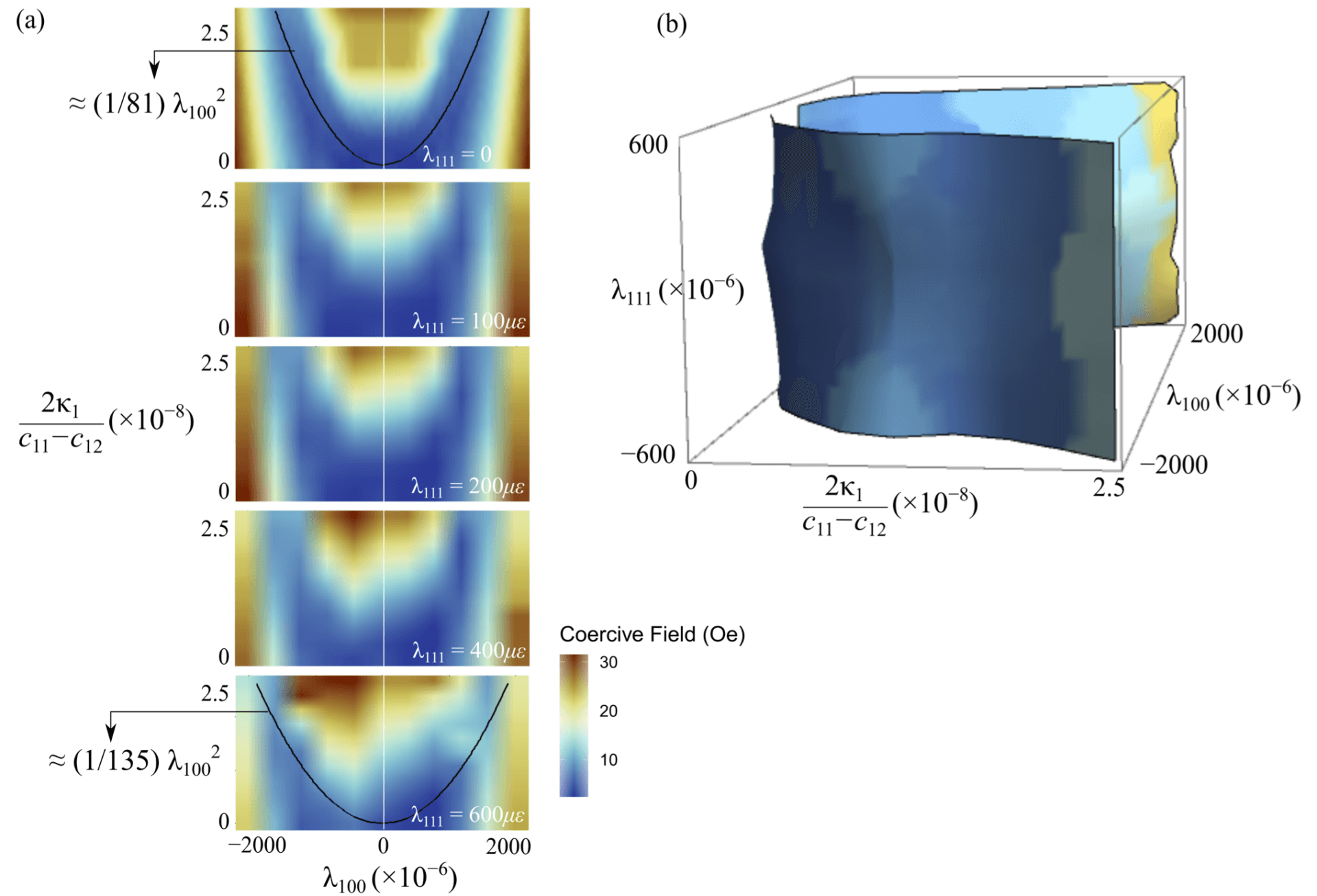
Inside a hard drive. PHOTO/PEXELS.
In everyday life, ferromagnetic materials—for example, iron—are used in a wide array of applications—from electric vehicles and wind turbines to transformers—where the attraction and repulsion properties of magnets are used for energy conversion. But their effective use increasingly relies on understanding the fundamental origins of a ferromagnetic feature called hysteresis. Hysteresis is a feature that distinguishes between ferromagnetic materials. For example, magnets with large hysteresis are known to have greater losses during energy conversion than materials with small hysteresis. Minimizing this energy dissipation or in other words discovering materials with zero hysteresis has thus been an active research area.
The research team, including Ananya Renuka-Balakrishna, WiSE Gabilan assistant professor in the USC Viterbi Department of Aerospace and Mechanical Engineering, and Richard D. James, professor of aerospace engineering and mechanics at the University of Minnesota, have proposed a material design rule to discover novel magnets with extremely small hysteresis. Currently, a widely accepted strategy to lower the hysteresis in magnetic alloys is based on changing the alloy composition to reduce a material constant called an anisotropy constant, Renuka-Balakrishna said. “In simple terms, this material constant is typically large when the magnet has large hysteresis,” she said. But in some cases, changing the alloy composition so that this anisotropy constant is zero still yields a high hysteresis—leaving a lot unexplained by this strategy. “This contradictory behavior showed a gap in our understanding of magnetic hysteresis and called for a mathematically rigorous approach to investigate the fundamental origins of magnetic hysteresis,” she said.
The team developed a mathematical model, based on the ideas of non-linear stability analysis, that comprehensively predicts ferromagnetic behavior under an applied field. This model not only provides insights into the origins of magnetic hysteresis, but also paves way for discovering new magnetic materials that have broad implications in energy research.

The attached figure shows a parabolic pattern between magnetic constants at which materials have small coercivity. USC Viterbi researchers discovered this pattern by running over 2,500 mathematically rigorous simulations to elucidate this parabolic relationship. IMAGE/ANANYA BALAKRISHNA.
Their research, published in Nature Computational Materials, sets forth a novel computational model and strategy for discovering magnets that have small hysteresis and thus reduce energy loss. As requirements to limit energy consumption move to the forefront, discovery of new magnetic materials is critical in the adoption of proposed energy storage devices, Renuka-Balakrishna says. “These requirements impact a wide range of applications, from handheld electronic devices to storage systems and servers at data centers.” More recently, Negar Ahani, a Ph.D. student in Renuka-Balakrishna’s group is making rapid progress in elucidating the role elastic properties on magnetic reversal, and the group is excited to see Ahani’s discoveries.
Published on February 7th, 2022
Last updated on March 7th, 2022










